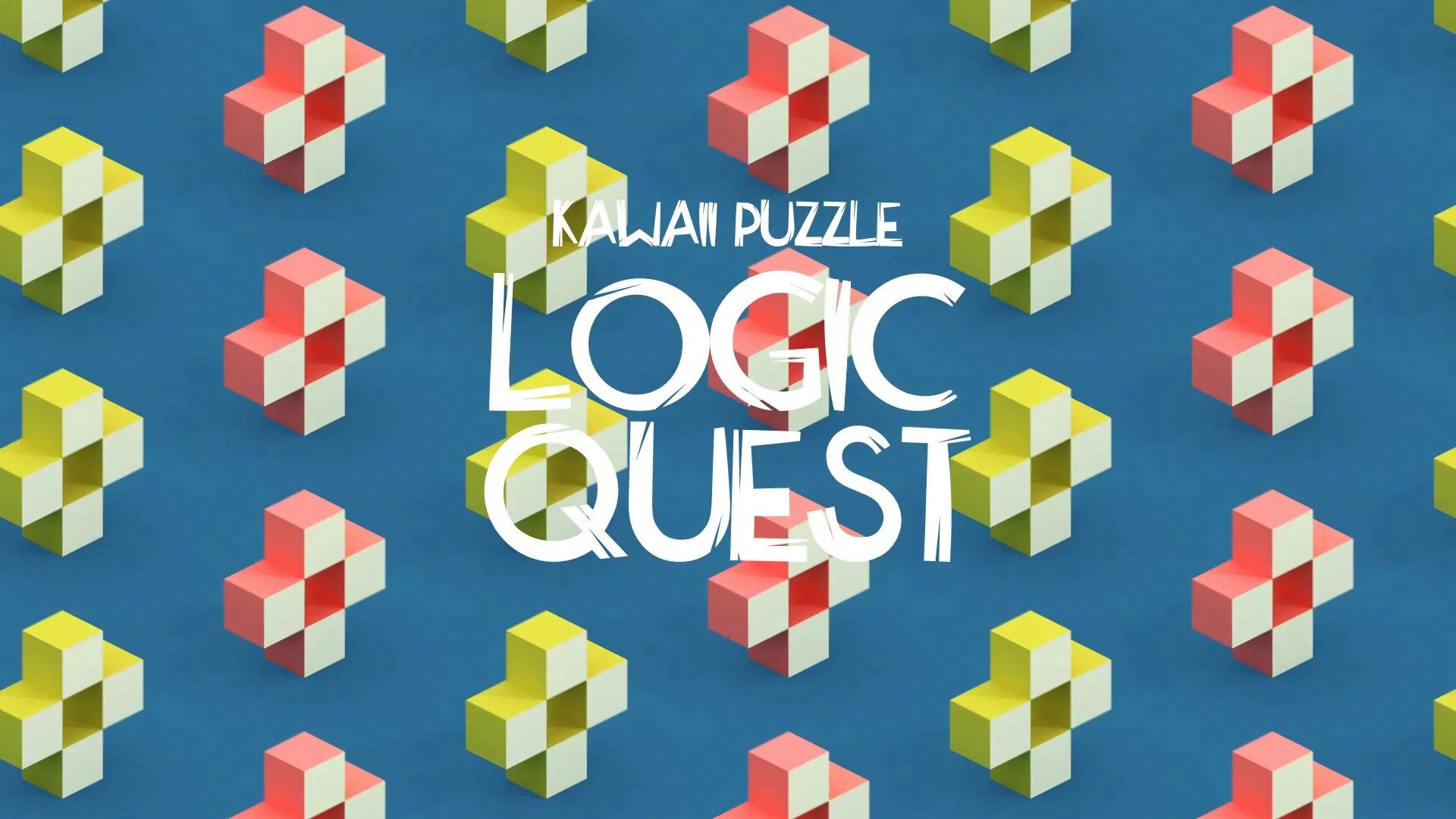Beyond the HUD: The Power of Diegetic Interfaces in Game Design
The wind howled a mournful dirge through the skeletal branches of the digital trees. A lone figure, clad in pixelated armor, stood before a towering gate. This gate, however, was not just a barrier; it was a quest log, shimmering with arcane symbols that detailed the player’s next objective, etched directly onto the wood itself. This is the promise of diegetic interfaces: a seamless merging of gameplay and world, where the boundary between player and avatar dissolves.
The Ghost in the Machine: Why Traditional UIs Fail
Traditional user interfaces (UIs) are the ghosts in the machine. They are necessary evils, hovering spectrally between the player and the game world. These static elements, floating menus, and health bars, while providing crucial information, shatter immersion.
They remind us that we are not truly in the world, but merely controlling a puppet from afar. Each glance at a minimap is a momentary severing of the connection, a painful reminder of the artifice. Is there a better way? I believe so.
Embracing the Diegesis: A Definition
Diegetic elements, in the context of gaming, are those that exist within the game’s narrative and world. A diegetic interface, therefore, is a UI element that is logically integrated into the game world. It’s not an overlay, but a tangible part of the environment.
Think of the Pip-Boy in Fallout, a wearable computer that displays character stats and inventory, or the health indicators on Isaac Clarke’s RIG suit in Dead Space. These elements not only provide information, but also contribute to the world-building and character development. They belong in the world.
The Immersion Multiplier: Why Diegetic Interfaces Matter
Diegetic interfaces are more than just aesthetic upgrades. They are immersion multipliers, enhancing the player’s sense of presence and connection to the game world. When information is presented organically, the player doesn’t have to break character to access it.
This creates a more fluid and believable experience, reducing the cognitive load associated with deciphering abstract UI elements. The player becomes the character, experiencing the world through their eyes, rather than merely observing it through a detached interface. This isn’t just about pretty graphics; it’s about psychological engagement.
Principles of Diegetic Design: Building Believable Interfaces
Creating effective diegetic interfaces requires careful consideration of several key principles:
Consistency: The interface should be consistent with the game’s established lore and visual style. A futuristic hologram wouldn’t fit in a medieval fantasy setting.
Functionality: The interface must be functional and provide the necessary information clearly and concisely. A beautiful but unintelligible UI is worse than no UI at all.
Integration: The interface should be seamlessly integrated into the game world. It should feel like a natural extension of the environment and the character’s abilities.
Feedback: Provide clear and intuitive feedback to player actions. If the player interacts with a diegetic element, they should receive immediate and understandable feedback.
These aren’t just suggestions; they’re commandments etched in the digital stone of good game design. Break them at your peril.
Create a free account, or log in.
Gain access to free articles, game development tools, and game assets.























